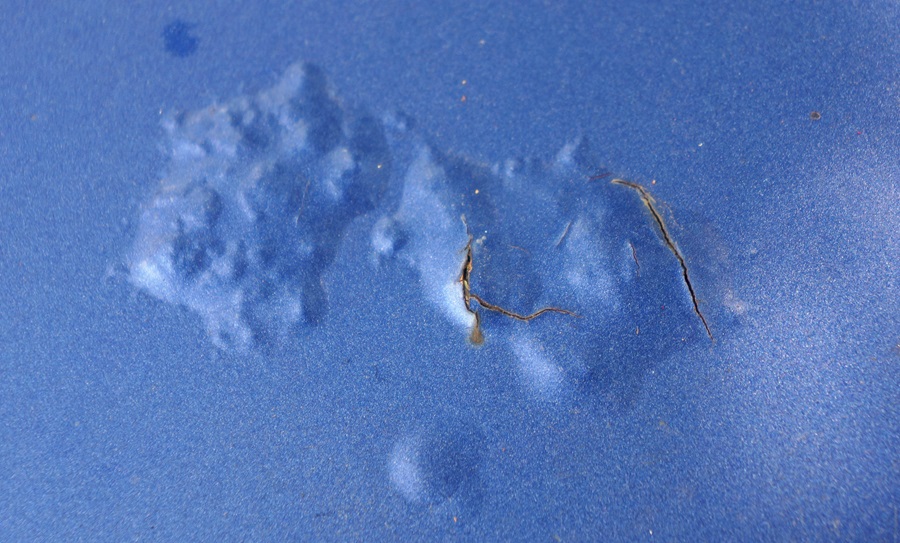Standard Test Techniques for Paints
We offer a range of techniques for the characterisation of paint coatings in terms of their physical durability, mechanical properties and anti-corrosive performance.

Adhesion testing to ASTM D4541
This is a direct pull-off test which provides quantitative data on the adhesive strength of the coating. This test is applicable to both single and multi-coat systems and can additionally provide information about the cohesive strength of the coating system, identifying any problems associated with intercoat adhesion.
Paint extensibility to ASTM D522, BS 3900:E11, ISO 6860
The conical mandrel bend test characterises coatings on metal in term of their flexural rigidity. This technique determines the degree to which a coating can be deformed before it cracks or spalls.
Moisture permeability to BS 3900:G9, ISO 7783/1, ASTM D1653
The barrier properties of anti-corrosive coatings are characterised in a range of ways, one of which is this assessment of the rate at which water vapour can pass through the film.
Environmental testing to BS 3900:F2
We have the facility to design a range of customised cyclic humidity/dry/salt spray evaluation tests. These tests satisfy British Standards requirements and conform to a range of industrial specifications.
In addition, we offer a range of electrochemical characterisation methods. By far the most popular electrochemical technique available is Electrochemical Impedance Spectroscopy, a powerful technique which provides a wide range of data pertaining to the rate of coating degradation.
More novel techniques are available including a suite of scanning electrochemical techniques which can identify localised corrosion activity. These techniques have been applied to the effect of interfacial contamination with soluble salts upon the performance of coatings on steel, filiform corrosion on steel and aluminium and cathodic delamination studies.
Key benefits
- increased product durability
For more information on paint testing, click here
